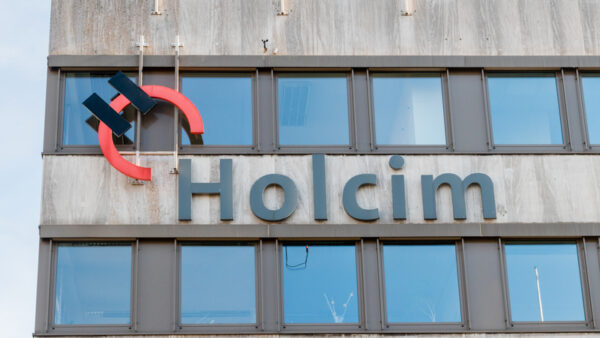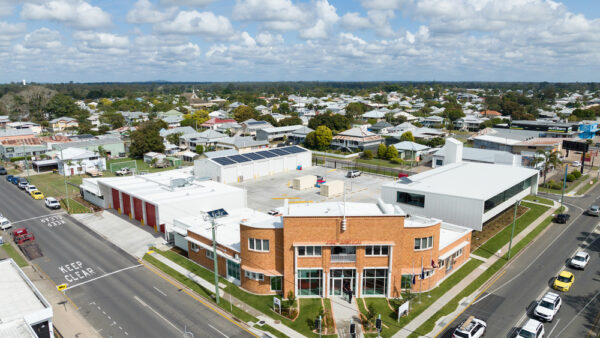
A New York State Supreme Court judge has ordered the suspension of the $1bn Kensington Expressway Project in Buffalo because the state’s department of transportation (NYSDOT) did not conduct an Environmental Impact Statement (EIS).
The project is intended to cover part of the below-grade Kensington Expressway, which carries Route 33 through east Buffalo, creating a tunnel and 11 acres of park above.
But around 100 local and state groups oppose the project on grounds that it would increase air pollution at the tunnels’ entrances, and disturb asbestos-containing materials at the site.
Several filed lawsuits to force NYSDOT and the Federal Highway Administration to submit an EIS in compliance with New York’s State Environmental Quality Review Act (SEQRA).
Some groups are calling for the expressway to be removed because it split and damaged majority-black neighbourhoods when it was built in 1958. They want to restore of former Humboldt Parkway, a tree-lined boulevard that connected two parks in the district before the expressway.
‘Can’t build a Tim Hortons’
After hearing the case, Judge Emilio Colaiacovo ruled on 7 February that the project be suspended until it complies with SEQRA and prepare an EIS.
“The EIS is the only instrument that would provide a fair and impartial analysis of all of the considerable environmental impacts, fully evaluate all alternatives, and mitigate any of the eventual effects that are bound to occur,” Colaiacovo wrote.
“As the Court noted during oral argument, one cannot build a Tim Hortons in Western New York without performing an EIS and having the proper SEQRA classification. Why the State thought it could simply entertain a project of this magnitude and not comply with what it otherwise orders others to perform remains a mystery.”
‘No rational person’
The judge added: “No rational person can conclude, based on the record before this Court, that this project would not have an adverse impact on the affected community.
“To think otherwise simply overlooks the uncontroverted facts in the record before this Court. In light of the undisputed potential adverse health effects that will occur from the greenhouse emissions, traffic, blasting, and other related impacts associated with heavy industrial construction, the Respondents erred by neglecting to perform an EIS.”
The New York Civil Liberties Union was among the groups who sued.
Responding to the decision, the director of its Racial Justice Center, Lanessa Owens-Chaplin, said: “Today’s court decision is a major win for the Humboldt Park neighbourhood, the predominately Black community living near the project site. It sends a loud and clear message that this community should not be treated as an afterthought by the NYSDOT and the Federal Highway Administration.”
- Subscribe here to get stories about construction around the world in your inbox three times a week






